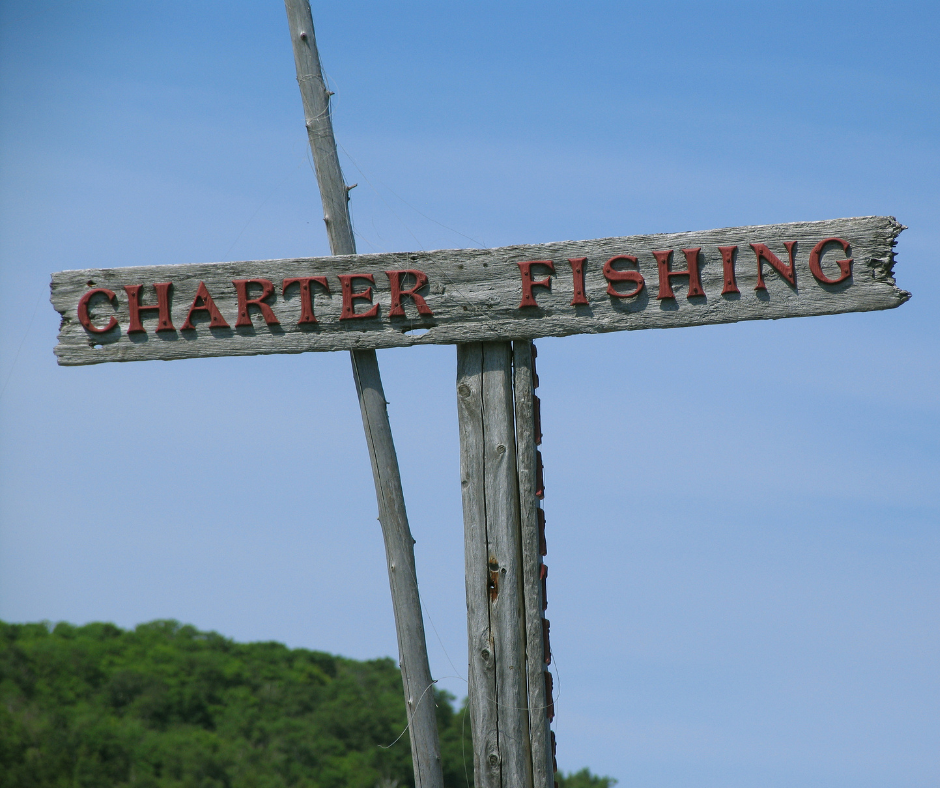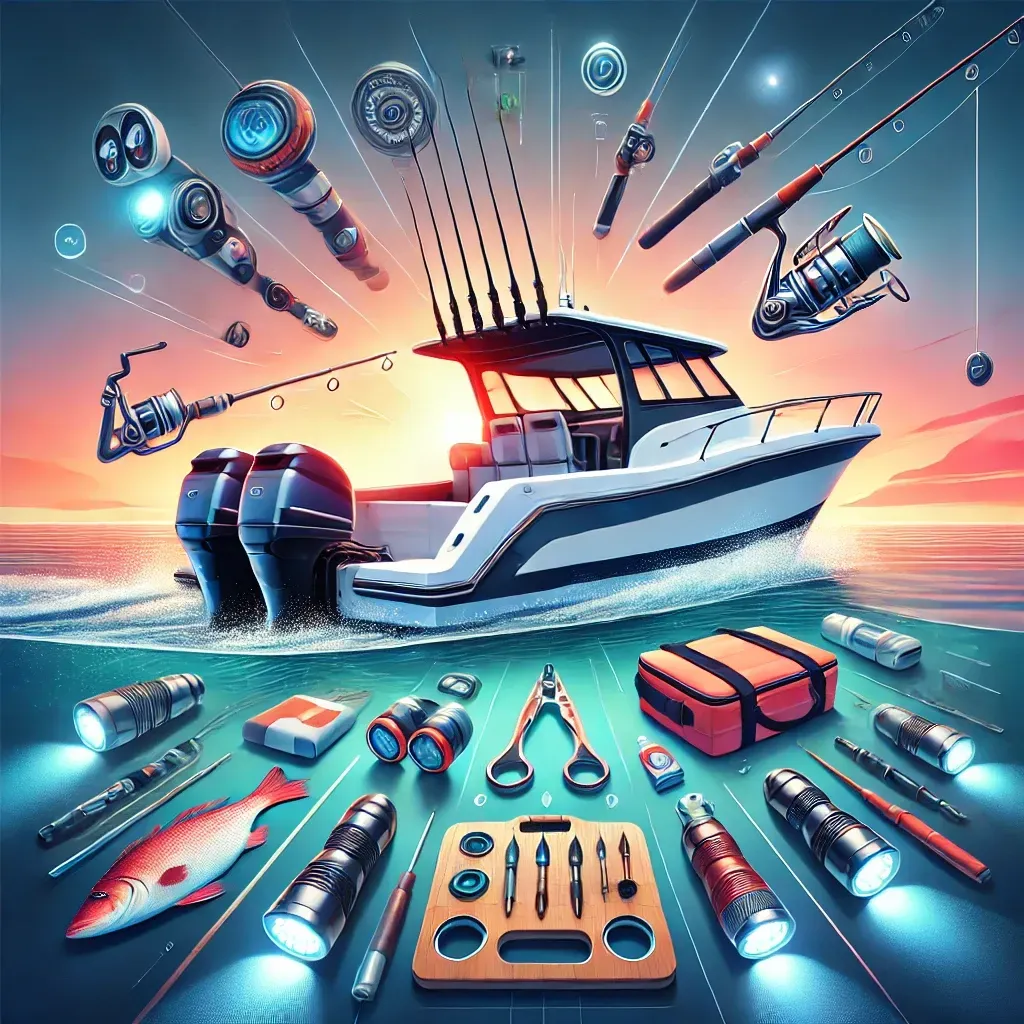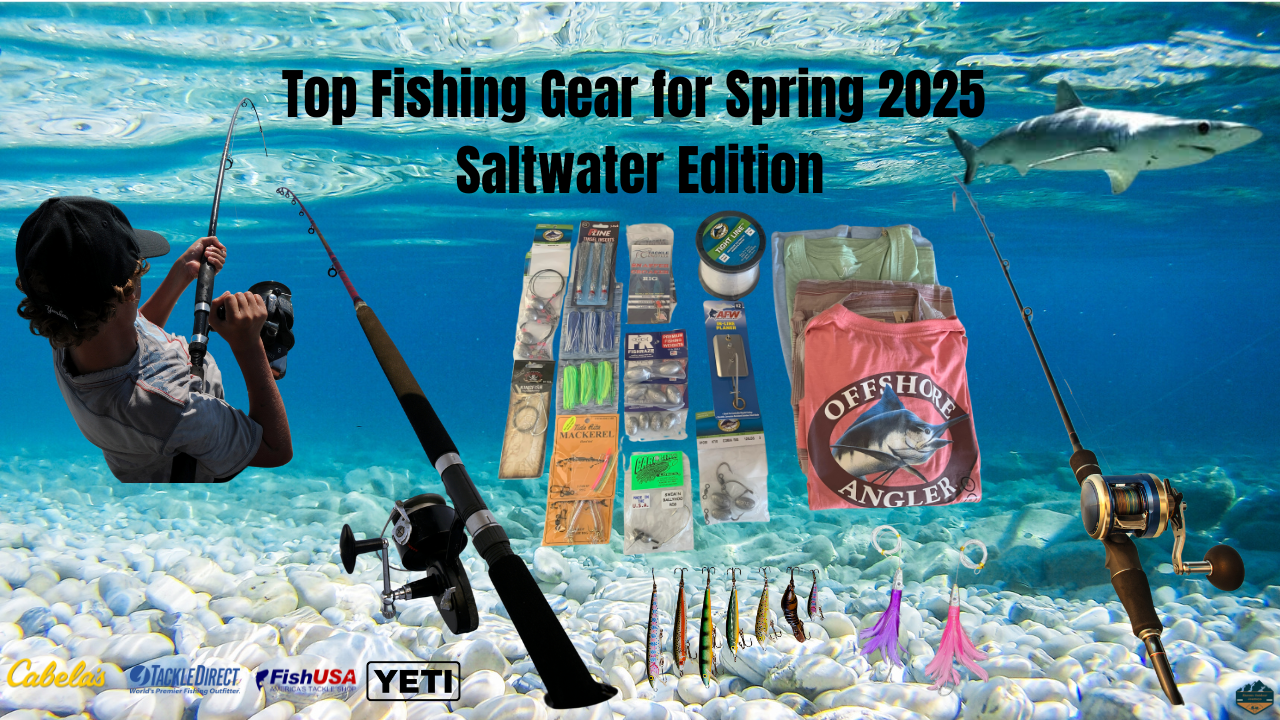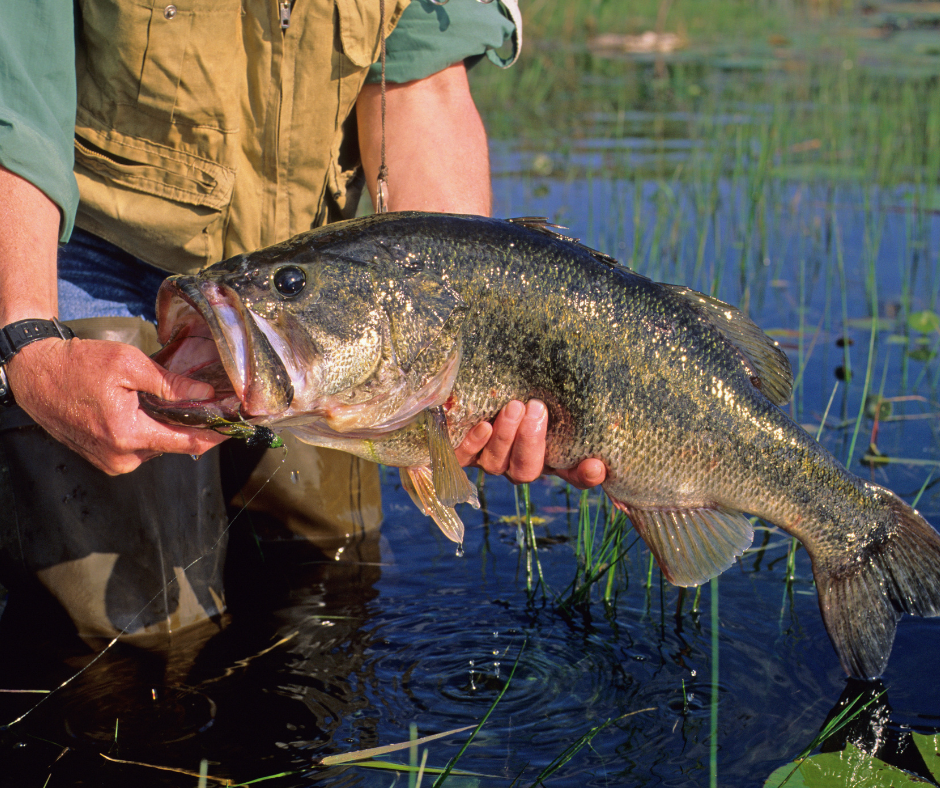"Offshore Fishing: How to Prep Your Boat for Safety and Success"
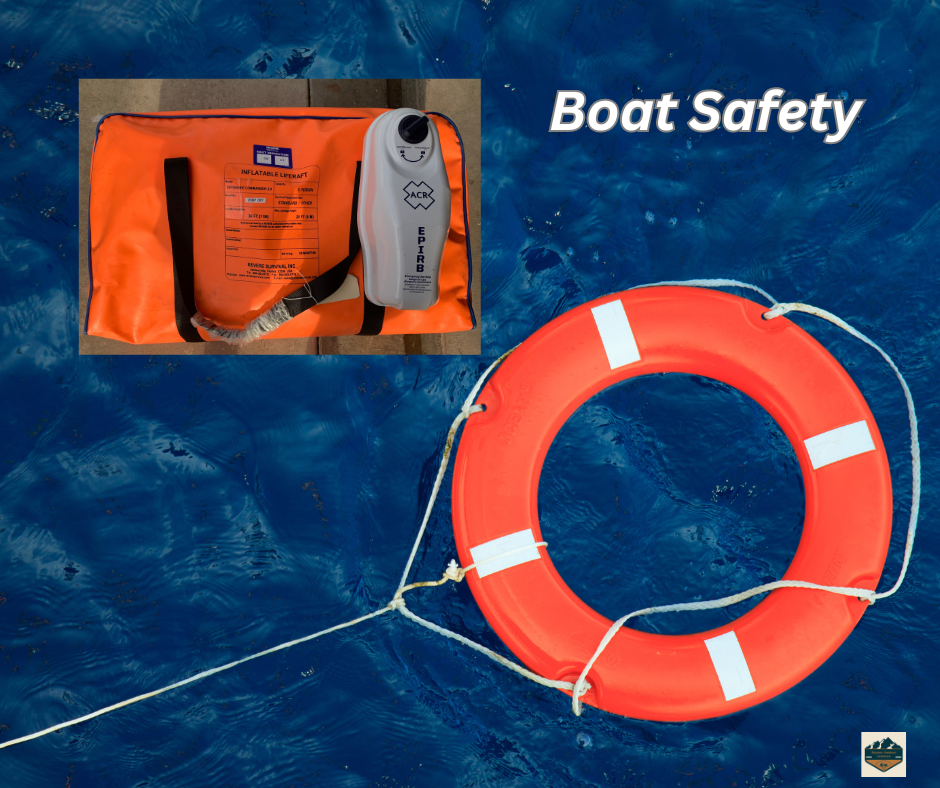
How to Prepare Your Boat for a Safe and Successful Offshore Fishing Trip
Offshore fishing is an exhilarating adventure, offering the chance to catch big game fish and experience the open water. However, success on the water begins long before you cast your line. Proper boat preparation is essential for both safety and a productive fishing trip. Here's a comprehensive guide to ensure your vessel is ready for the demands of offshore fishing.
1. Perform a Pre-Trip Safety Inspection
Check Safety Gear: Ensure that all safety gear is in good working order and easily accessible. This includes life jackets (one for each person on board), a throwable flotation device, fire extinguishers, a first aid kit, and an emergency signaling device like flares or a signal mirror.
Inspect the EPIRB: If you have an Emergency Position Indicating Radio Beacon (EPIRB), check its battery and expiration date. This device is crucial for alerting search and rescue teams if you encounter trouble far offshore.
Review the Life Raft: For longer trips, a life raft is a vital piece of safety equipment. Make sure it's properly stowed, serviced, and within its certification date.
2. Conduct an Equipment Check
Test the Electronics: Verify that all electronic equipment, such as GPS, fish finders, radar, and VHF radio, is functioning correctly. Ensure you know how to use each device and have the latest maps or charts loaded.
Inspect the Engine and Fuel System: Check the engine's oil and coolant levels, and inspect the fuel lines for leaks or wear. Carry extra fuel if your vessel has the capacity and ensure you have enough to account for unexpected changes in weather or sea conditions.
Anchor and Line: Confirm that the anchor and sufficient line are onboard and ready to deploy. The anchor should be capable of holding the boat in varying seabed conditions you might encounter offshore.
3. Plan for Navigation and Communication
Chart a Course: Plot your route using nautical charts, GPS, or a chart plotter. Identify potential hazards, such as sandbars, reefs, or restricted areas, and establish waypoints for safe navigation.
Monitor Weather Conditions: Always check the marine weather forecast before heading out. Offshore conditions can change rapidly, so be prepared to adapt your plans if necessary. Carry a weather radio to receive real-time updates.
Communication Devices: In addition to a VHF radio, consider carrying a satellite phone or a personal locator beacon (PLB) for communication if you venture far from shore.
4. Prepare Essential Fishing Gear
Tackle and Bait: Ensure that you have the appropriate rods, reels, tackle, and bait for the species you're targeting. Bring extras in case of equipment failure or unexpected changes in conditions.
Coolers and Ice: Offshore fishing often yields larger catches, so bring a cooler large enough to store your fish. Ice is essential to keep the catch fresh, so pack more than you think you'll need, especially for longer trips.
Landing and Cleaning Equipment: Make sure you have the necessary equipment to land and clean your catch, such as a gaff, net, pliers, knives, and a cutting board.
5. Stock Up on Essential Supplies
Food and Water: Bring plenty of drinking water and enough food for the duration of the trip, plus extra in case of delays. Dehydration and fatigue can set in quickly in the open ocean.
Sun Protection: Offshore environments offer little shade, so pack sunscreen, sunglasses, hats, and lightweight, UV-protective clothing to shield yourself from the sun.
Spare Parts and Tools: Carry a basic toolkit and essential spare parts, such as fuses, fuel filters, spark plugs, and belts. Knowing how to perform minor repairs can be the difference between returning safely or calling for help.
6. Develop a Float Plan
Share Your Plans: Before heading out, create a float plan detailing your intended route, departure time, expected return time, and contact information for everyone onboard. Share this plan with a trusted person who can alert authorities if you don't return as scheduled.
Emergency Contacts: Have a list of emergency contacts readily available, including the Coast Guard and local marine authorities. Keep this list laminated or in a waterproof container.
7. Final Pre-Departure Checks
Stow Loose Items: Secure all loose items on the boat to prevent them from becoming hazards in rough seas. Double-check that gear, coolers, and equipment are properly stowed.
Fuel Up: Ensure the fuel tanks are full and that you have enough reserve fuel. Follow the "1/3 rule" — use one-third of your fuel to get to your destination, one-third to return, and keep one-third in reserve.
Brief Your Crew: Before departure, brief everyone onboard about safety procedures, emergency equipment locations, and what to do in case of an emergency. Assign specific roles to experienced crew members.
Conclusion
Preparation is key to a safe and successful offshore fishing trip. By thoroughly inspecting your boat, ensuring safety gear is in order, planning your route, and packing essential supplies, you set yourself up for an enjoyable and productive day on the water. Remember, the ocean is unpredictable, and being over-prepared is always better than being caught off guard. With the right preparation, you can focus on what matters most—landing that big catch and making lasting memories.
